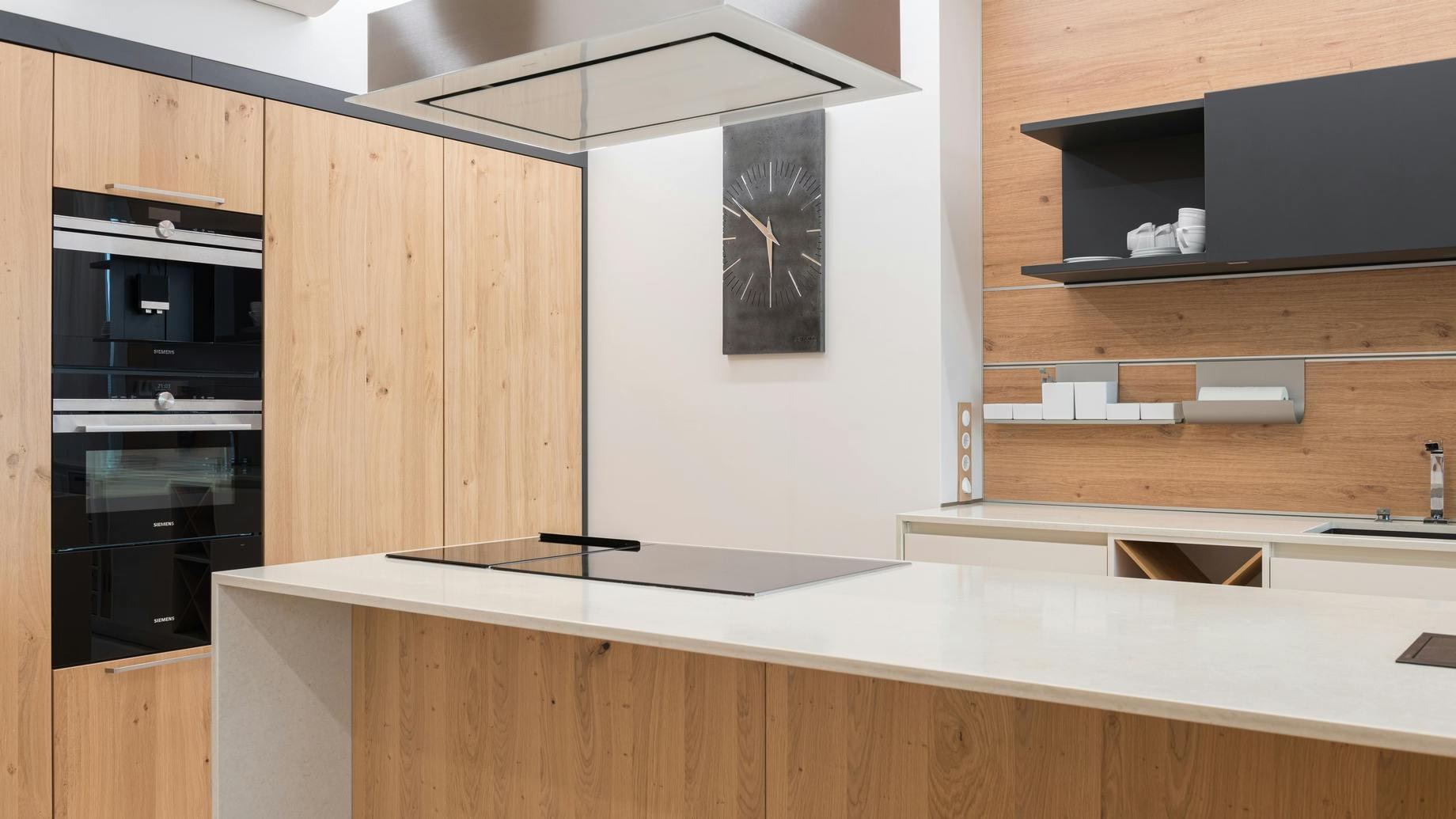Compare Induction Cooktop vs Gas Cooktop on safety, efficiency, cost, and performance to choose the best option for your home.
Table of Contents
Introduction
Which is better: an induction cooktop or a gas cooktop? This is a common question for today’s kitchens. Both have their fans and their own strengths. Gas cooktops are the classic choice. They have a visible flame and give you good control. Induction cooktops are the newer tech. They heat faster, are safer, and use less energy.
Picking one for your kitchen can be tough. We will compare induction and gas cooktops in detail. We will look at how they work, their cost, safety, and more.
👉 If you like induction, see our guide on the best 30-inch induction cooktops
How They Work
Gas Cooktops
- They use natural gas or propane.
- A flame heats the pan directly.
- You turn a knob to change the flame size. You can see the change right away.
- They work with all types of pans.
Induction Cooktops
- They use electricity.
- A magnetic field heats the pan directly.
- The cooktop surface stays cool.
- They need pans that magnets stick to (like cast iron or some stainless steel).
Key point: Gas uses fire to heat the pan. Induction uses a magnetic field.
Heating Speed
- Induction cooktops are very fast. They can boil water in about half the time of gas.
- Induction puts most of its heat (85-90%) into the pan. Gas puts in less (40-55%).
- Gas makes your kitchen hotter because it heats the air around it.
Verdict: Induction is faster and uses energy better.
Temperature Control
- Gas cooktops: You can change the flame instantly. This is great for cooks who watch the flame. But it can be hard to keep a very low heat.
- Induction cooktops: They have exact digital controls. You can choose from many heat levels. Some have a “power boost” mode. This is perfect for jobs like melting chocolate.
Verdict: Both are good, but induction gives you more precise control.
Safety About Induction Cooktop vs Gas Cooktop
- Gas cooktops:
- Open flame means a fire risk.
- There is a risk of gas leaks.
- The grates stay hot and can burn you after cooking.
- Induction cooktops:
- No open flame.
- The surface stays cool.
- They turn off if no pan is there.
- Safer for homes with kids or older people.
Verdict: Induction is much safer.
Cookware
- Gas cooktops: Work with any pan.
- Induction cooktops: Need magnetic pans. Aluminum or copper pans will not work unless you use a special adapter.
Verdict: Gas works with more pans. But you can buy new pans for induction.
Look and Style
- Gas cooktops: Have an industrial look with grates and burners. Often made of stainless steel.
- Induction cooktops: Have a smooth, flat glass top. They look clean and modern.
Verdict: Induction has a more modern look.
Cleaning
- Gas cooktops: You need to clean the grates, burners, and drip bowls. Spilled food can be hard to clean.
- Induction cooktops: The smooth surface is easy to wipe clean. Spills do not burn onto the cool surface.
Verdict: Induction is much easier to clean.
How Long They Last
- Gas cooktops: Are known to be tough. They can last 15–20 years.
- Induction cooktops: Usually last 10–15 years. Fixing them can cost more because of the electronics inside.
Verdict: Gas lasts a bit longer.
Cost
- First cost:
- Gas cooktops: \$300–\$1,500.
- Induction cooktops: \$800–\$3,000+.
- Cost to use:
- Gas: Cheaper if natural gas costs little where you live.
- Induction: Uses energy well, but cost depends on your electric bill.
- Pan cost:
- Gas: No extra cost.
- Induction: You might need to buy new pans.
Verdict: Gas costs less to buy. Induction may save money over time.
Planet Friendly
- Gas cooktops: Release gases into your home and the air.
- Induction cooktops: Use electricity, which can come from clean sources. They do not release gases inside your home.
Verdict: Induction is better for the earth.
Noise
- Gas cooktops: Are quiet. You only hear the flame.
- Induction cooktops: Can make a low hum or buzz, mostly on high power.
Verdict: Gas is quieter, but induction noise is usually soft.
Real Cooking
- Gas cooktops: Great for high-heat cooking like stir-frying.
- Induction cooktops: Great for jobs that need exact heat, like boiling or simmering.
👉 See our list of the best 30-inch induction cooktops for top models.
Quick Pros and Cons
| Feature | Induction Cooktop ✅ | Gas Cooktop ✅ |
|---|---|---|
| Heating Speed | Very fast | Moderate |
| Energy Efficiency | High | Low |
| Safety | Very safe | Fire/gas risks |
| Cookware | Needs magnetic pans | All pans work |
| Cleaning | Easy | Harder |
| Durability | 10–15 years | 15–20 years |
| First Cost | Higher | Lower |
| Cost to Use | Depends on electricity | Depends on gas prices |
| Look | Sleek, modern | Industrial |
| Noise | Low hum | Quiet |
Which One Should You Choose?
- Pick Induction if:
- You want safety and to save energy.
- You like a modern kitchen look.
- You are okay with buying new pans.
- Pick Gas if:
- You like cooking with a flame.
- You want a lower first cost and a long-lasting cooktop.
- You have cheap natural gas.
Conclusion
The choice between induction and gas depends on you. Think about how you cook, your budget, and your kitchen. Induction is efficient, safe, and modern. Gas is reliable, works with all pans, and is a classic way to cook.
If you want induction, check out our picks for the best 30-inch induction cooktops
Both are great. The best one is the one that fits your life.

